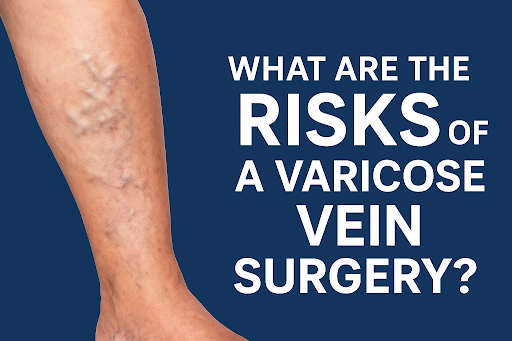Table of Contents
Introduction
As we age, the big toe can begin to bend sideways. You may not visually notice it at first, but as it gradually worsens, not only will the bend become obvious, but how the foot functions may change. In fact, up until this point, you may not even realize how much work your big toe really does.
Causes of a Big Toe Curved Inward
The medical term for a bent big toe is hallux valgus, and it is an early sign of arthritis setting into the metatarsophalangeal (MTP) joint at the base of the big toe. It’s best to address it as soon as possible, not only to address discomfort but also to try to head arthritis off at the pass, before it advances and causes serious trouble.
Hallux Valgus: A Closer Look
Hallux valgus is a condition where the big toe deviates towards the other toes, causing it to point inward rather than straight ahead.
Arthritis and the Big Toe
Understanding how arthritis affects the big toe is crucial to managing the condition effectively.
Treatment for Pain and Arthritis in the Big Toe
Why? If you let it go long enough, it will lead to hallux rigidus, which means that the toe becomes so arthritic that it gets locked in one position and can’t bend.
Surgical Solutions: MTP-Joint Fusion
When arthritis in the big toe advances to the point of hallux rigidus, unfortunately, orthopedic surgeons like to operate. One drastic surgery to the big toe is an MTP-joint fusion, which involves placing screws across the joint to fuse it solid. Just like a back fusion led to disease in the adjacent segments, a big toe fusion causes problems in the ankle and other toe joints as they must bear the extra load.
Non-Surgical Approaches
Other treatments you might be presented with for pain from a bent big toe include steroid shots or pain medications, such as non-steroidal anti-inflammatory drugs (NSAIDs) and opioids. This, too, is bad news.
Steroid Shots: A Risky Option
Steroid shots have been shown to destroy local cartilage in the joint while providing no significant pain improvement.
NSAIDs and Opioids: Hidden Dangers
NSAIDs come with a long and growing list of dangerous side effects, such as sudden-death heart attacks, stroke, and GI bleeding, and addiction and overdose due to prescription opioids have reached epidemic proportions in the U.S.
Prevent a Bent Big Toe from Getting Worse
So how do you help a bent big toe before arthritis fully sets in?
Footwear Matters
First, make sure your shoes aren’t worn too much on the outside. If they are, your foot isn’t hitting the ground correctly, and that could be causing forces which have bent the big toe joint. The solution to this is to get orthotics to help redistribute the forces properly as your foot strikes the ground.
Shoe Choices
Second, avoid high heels, pointy-toed shoes, and other shoes that force or reinforce that big toe into a bent position.
Toe Straighteners
Third, you can use a toe straightener—yes, such a thing really exists—when you sleep. There are many brands on the market, and they can help to gradually and gently realign a bent big toe.
Dietary Supplements
In the meantime, if you also have pain, the supplements chondroitin and glucosamine have been shown to be effective pain relievers, and they preserve cartilage. Curcumin can also relieve pain from arthritis. If the bent big toe pain still won’t go away, consider a high-dose PRP injection.
Conclusion
The best solution for helping a bent big toe is don’t procrastinate. Address it early and treat it quickly! Once arthritis sets in and advances, it creates a more challenging problem to deal with. Additionally, bent big toe can put more stress on the surrounding structures and even disrupt body symmetry, leading to more problems elsewhere.
FAQs
1. Can I reverse a bent big toe without surgery?
While surgical options are available for severe cases, early intervention with non-surgical methods like orthotics and toe straighteners can help prevent further bending.
2. Are high heels the main cause of a bent big toe?
High heels and tight, pointy-toed shoes can exacerbate the condition, but genetics and aging also play significant roles.
3. How effective are dietary supplements in managing big toe pain?
Chondroitin, glucosamine, and curcumin are known to be effective in relieving pain and preserving cartilage in the big toe joint.
4. Are there exercises to correct a bent big toe?
While exercise may help, it’s essential to consult a healthcare professional for guidance on specific exercises tailored to your condition.
5. What are the risks associated with big toe surgery?
Big toe surgery carries risks, including infection and prolonged recovery. Non-surgical options are often preferred for mild to moderate cases.








